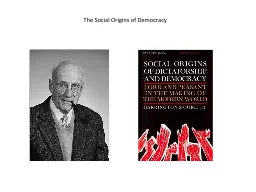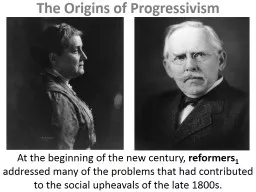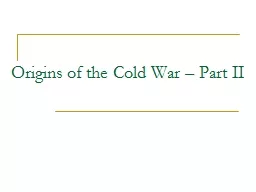PPT-Origins of the Grand Alliance
Author : mitsue-stanley | Published Date : 2018-11-02
AngloAmerican Military Collaboration from the Panay Incident to Pearl Harbor William T Johnsen PhD Professor of Military History and Strategy Henry L Stimson Chair
Presentation Embed Code
Download Presentation
Download Presentation The PPT/PDF document "Origins of the Grand Alliance" is the property of its rightful owner. Permission is granted to download and print the materials on this website for personal, non-commercial use only, and to display it on your personal computer provided you do not modify the materials and that you retain all copyright notices contained in the materials. By downloading content from our website, you accept the terms of this agreement.
Origins of the Grand Alliance: Transcript
Download Rules Of Document
"Origins of the Grand Alliance"The content belongs to its owner. You may download and print it for personal use, without modification, and keep all copyright notices. By downloading, you agree to these terms.
Related Documents














